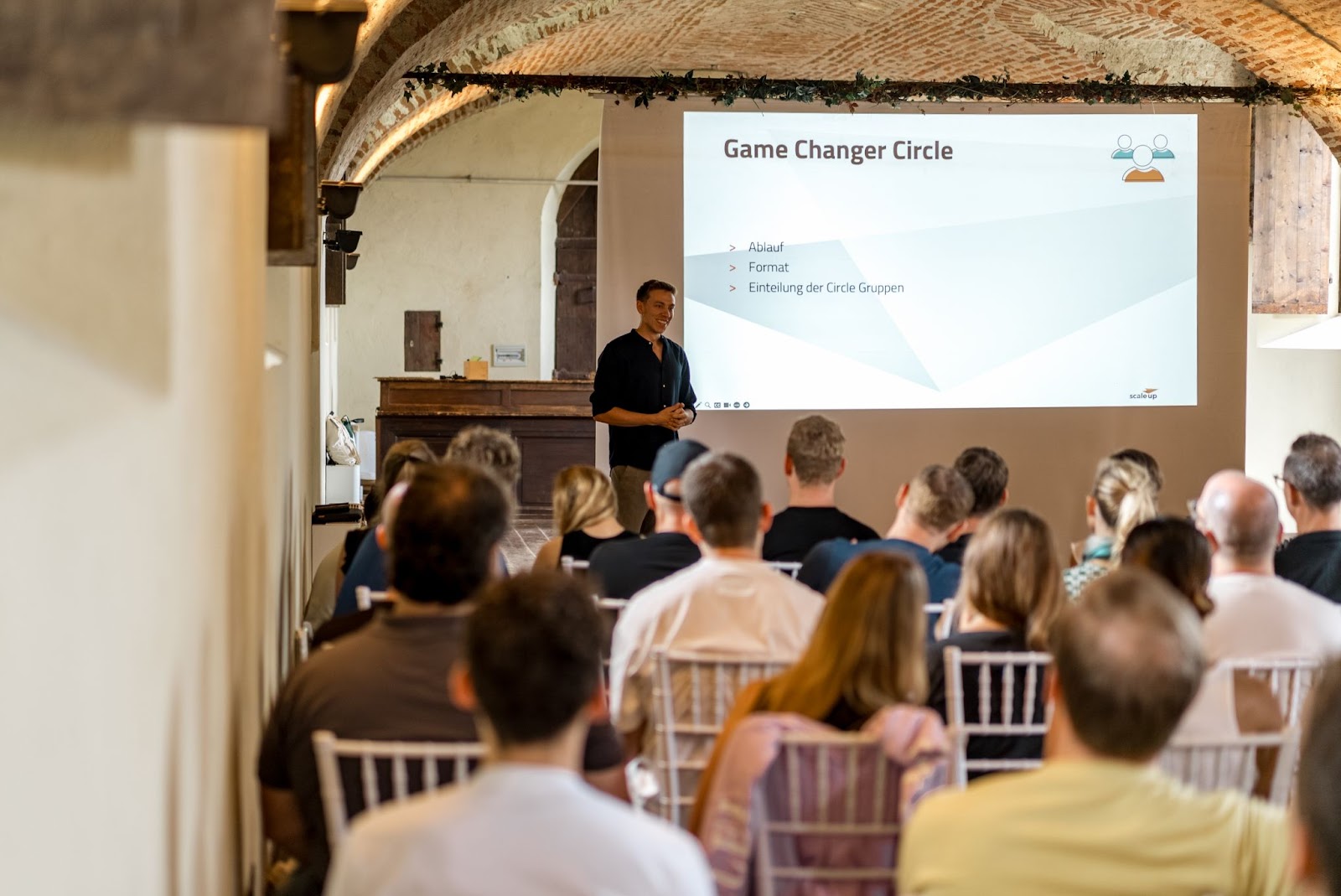


What happens when the campfire goes out? Once we are all back to the [home] office? How can you make sure the benefits of being together in nature remain?

If planning your corporate retreat is essential pre-event, the post-retreat time is just as important. You want to act relatively quickly while it is all still fresh in everyone’s mind.
It is the moment to ensure you get the most out of the event and can start measuring your offsite ROI. It is the time to integrate, implement, align and learn from feedback.
Here are some easy ways to create some post-retreat engagement.

Post-team retreats, the feeling of relief and accomplishment sometimes takes over.
But it is not the time to rest on our laurels. It is the time to turn our hard work into beautiful content and share that story.
What transpired during those few days should not be forgotten. It should be celebrated and used to:
Don't waste an opportunity to show the world (potential new talents?) and your team what you can accomplish and how much fun it is to do it together!

Why do we bring souvenirs from holidays? Because they are physical artefacts that trigger good memories. Sure, they can be seen as useless trinkets, but they can also be a tangible reminder of what you shared and used as a cohesive tool, a way to "summon" that feeling again.
You get the idea; beyond the usual branded swags (which are often appreciated as well) small gestures can go a long way.
What is tricky with team retreats is that there are always a few people who cannot make it. They can easily feel excluded once everyone returns with "you had to be there" stories and private jokes.
Make sure to fill in those who could not join this time around:

During the team offsite, new ideas germinated, new friendships and collaborations were born, and suggestions were raised. Do not let these go to waste; capitalise on them.
Harvest those new connections that could be the start of brilliant innovation!

Before the excitement deflates and is swallowed up by the return of the routine, get people excited and involved in planning the next one. It is never too early.
Now that they have experienced one, involve your team. Have them lead some areas, such as agreeing on dates, finding locations, and coming up with topics…
Back at the [home] office it is so easy to jump right back into the routine and lose the spark the retreat created; working hard to keep that flame alive to see long-lasting returns is an integral part of your corporate team retreat planning!
From retreat related breaking news to new secret locations, be sure to subscribe to our monthly spam free newsletter.
Subscribe now-tiny.webp)

